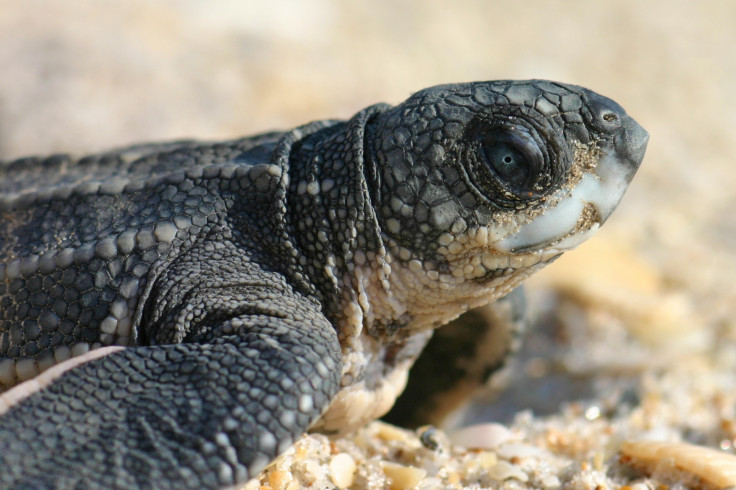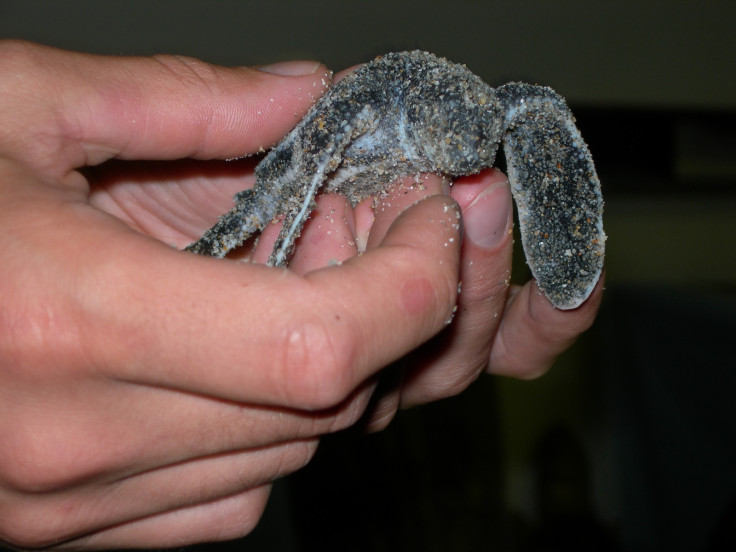World's largest turtle has found a permanent home off the coast of Mozambique
Leatherback turtles were all thought to be nomadic, but some of them have settled in the Mozambique Channel.

Leatherback turtles are famous nomadic feeders, travelling many thousands of miles in meandering routes through the oceans to feed on jellyfish and other gelatinous zooplankton. But new research suggests that some leatherbacks have settled at a spot off the coast of Mozambique, with half of a population originally from South Africa abandoning their long nomadic journeys to stay in the Mozambique Channel.
Leatherback turtles weigh up to 680 kg (1,500 lb), and are some of the world's largest reptiles. They're known to migrate for thousands of kilometres between their nests and where they forage for food. Scientists fixed satellite transmitters to 16 turtles in a well-known breeding site at iSimangaliso Wetland Park on the east coast of South Africa.
They found that half of the tagged turtles went on the expected migratory routes, following the coast south until they branched off and meandered into either the Western Indian Ocean or the South Atlantic Ocean.
The other half didn't go on long migratory journeys. Instead, they chose to forage close by in the channel between Mozambique and Madagascar.
"They seem to be staying there year-round. We've found these turtles – a supposed nomadic migrant –congregating in coastal waters," says Steve Morreale of Cornell University in the US, an author of the study.
"We've identified an area where leatherback turtles are clustered together. Having a long-term, resident population of densely congregated leatherback turtles – in coastal waters – that's really remarkable."

The find could aid conservation efforts, as the congregation in the Mozambique Channel may be made a priority for leatherback protection, Morreale says.
"[The behaviour] makes it a little easier to protect, regulate and to enforce protection – especially if it is in one country like Mozambique – than if they were spread throughout the world's oceans."
"The rare presence of a resident coastal aggregation of leatherback turtles not only presents a unique opportunity for conservation, but alongside the presence of loggerhead turtles and other endangered marine megafauna in the Mozambique Channel, highlights the importance of this area as a marine biodiversity hotspot," the authors conclude in the paper, which is published in the journal Scientific Reports.
© Copyright IBTimes 2025. All rights reserved.






















